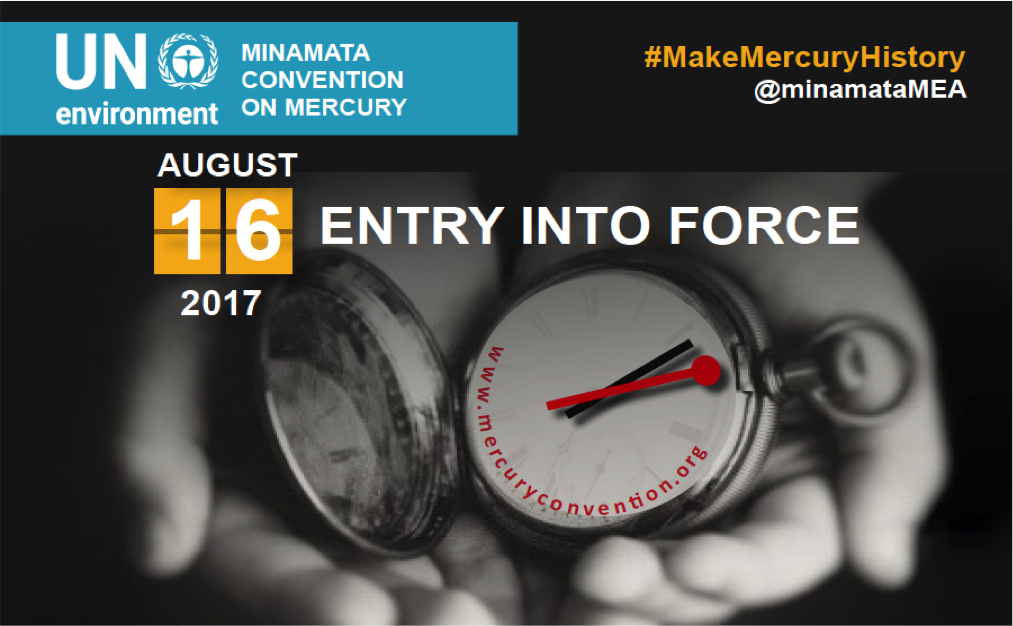
‘Mercury is widespread and persistent. It is used in industrial processes, emitted from waste incineration and burning of fossil fuels, and is found in electrical appliances, medical instruments, pharmaceuticals, cosmetics, dental amalgam and a variety of other products. From emissions to air, and releases to land and water, mercury contaminates various environmental media and can be transformed into methyl mercury by microbes.
It can then be bioaccumulated and biomagnified through the food chain and is the main cause of human exposure, through consumption of contaminated fish. Mercury is subject to transboundary movement and can therefore affect the environment and populations far from the source of emission or release.
It is imperative that all stakeholders commit to meeting the requirements of the Minamata Convention on Mercury as a means to a chemical-safe future for health, environment and economic development’.
The first meeting of the Conference of the Parties to the Minamata Convention on Mercury (COP1), entered into force on August 16th 2017, will take place from 24 to 29 September 2017 at the International Conference Centre in Geneva, Switzerland.
The CNR-IIA will be part of the Italian delegation, coordinated by the Italian Ministry for the Environment Land and Sea, taking part to the COP1.
